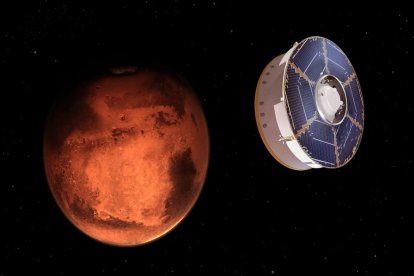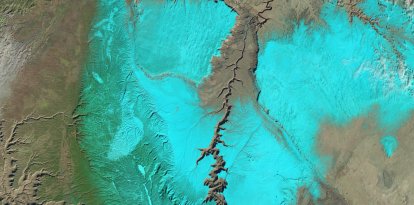NASA's mission to detect earthquakes on Mars is over
The Mars InSight lander was affected by dust covering its solar panels, concluding four years of work studying the planet's geologic history.

Marte / NASA
After four years of detecting and analyzing seismic motion on Mars, NASA's Mars InSight lander will cease operation as its solar power source was impaired by weather conditions.
The mission, which had a budget of $830 million, will end because the solar panels that allow the lander to generate power have obstructed by dust. During the time NASA InSight was operational, it was dedicated to studying the structure, composition and geologic history of Mars.
The mission's official Twitter account, which has provided updates during the four years of work, posted:
The lander in question was able to detect a total of 1,319 marsquakes, including a seismic phenomenon caused by the impact of a meteorite on the planet's surface. This type of data gave scientists invaluable information about the age of Mars' surfae, crust, mantle and core.
RECOMMENDATION





















